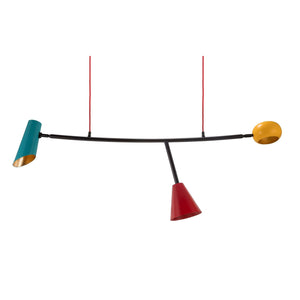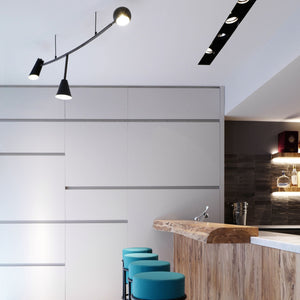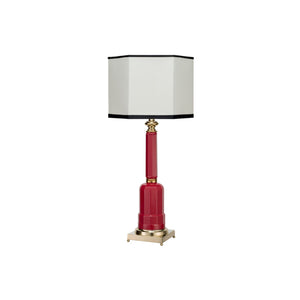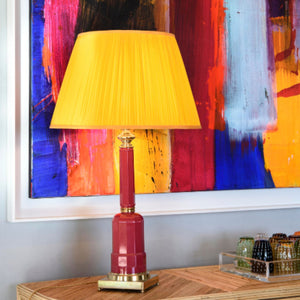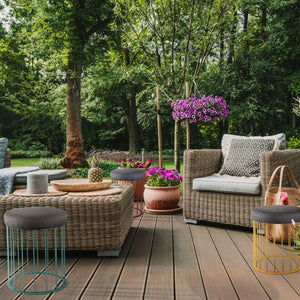Color as the vital impulse of design
Color is not decoration. It is not a finish.
It is a living impulse, a silent rhythm that moves through materials, shapes light, and gives form to the identity of a space.
There is an invisible pulse flowing through surfaces, reflections, and transparencies. A chromatic energy that animates objects, amplifies their presence, and reveals their soul.
This is the Pulse of Color — the heartbeat of color — which we follow in every detail, every design choice, every accent that speaks through glass, metal, and light.









